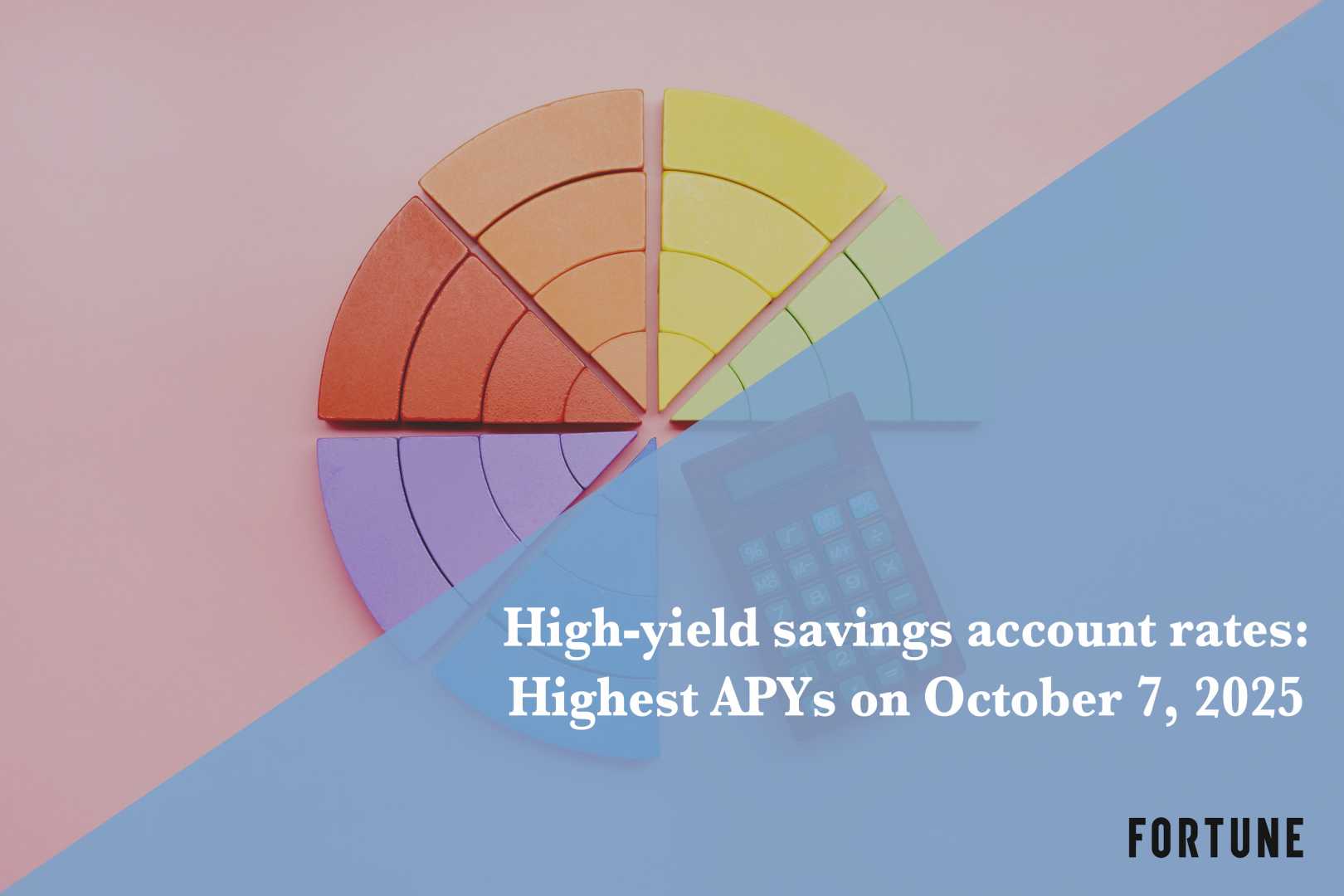Business
Savings Account Rates: Maximize Returns as Cuts Approach

NEW YORK, NY — With savings account annual percentage yields (APYs) still attractive, 2025 showcases a pivotal moment for savers. Many accounts currently offer rates over 4.00%, providing an excellent opportunity for those looking to optimize their savings.
The economic environment remains challenging, marked by rising inflation and uncertainty about the U.S. economic forecast. To combat these factors, the Federal Reserve paused its rate-cutting measures early in the year but recently implemented a rate cut during its September meeting.
These changes have implications for savings accounts. Following the Fed’s recent decisions, it’s possible that financial institutions will lower the APYs they offer, especially as another Federal Open Market Committee (FOMC) meeting draws near this October.
Fortune has teamed up with Curinos, a financial consultancy, to analyze competitive savings account rates available nationwide. As part of this effort, they daily review top rates from leading U.S. financial institutions. Currently, the best available rate stands at 5.00%.
In March 2024, the national average savings rate was 0.47%, but it dropped to 0.40% as the Fed began adjusting the federal funds rate. These rate changes by the Fed are crucial in determining the yields offered by banks. When the Fed increases its benchmark rate, savings account rates often rise, but the opposite is also true.
For savings seekers, the distinction between high-yield savings accounts (HYSA) and traditional accounts is significant. While traditional accounts may offer lower interest rates paired with branch access, HYSAs often provide rates 10 to 20 times higher, albeit with limited physical locations.
Many high-yield accounts require no minimum balance and waive monthly fees, making them ideal for emergency funds or short-term savings. Importantly, as these accounts are FDIC-insured, they carry the same security as traditional banks.
As rates fluctuate, consumers should weigh options carefully, considering account minimums and whether rate changes significantly impact interest earnings. Switching to a higher-yield account can yield noticeable additional income over time, but it’s vital to evaluate these decisions based on individual financial goals.
Online banks often provide higher rates due to lower operational costs. However, savers should remain mindful of the broader economic landscape, as inflation can impact purchasing power even when savings grow.
As the Federal Reserve prepares for its next meeting on October 28-29, potential adjustments to interest rates could further affect savings accounts. Stay informed as the financial landscape continues to evolve.












